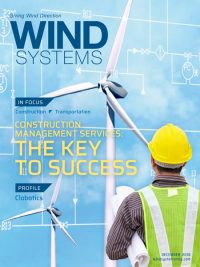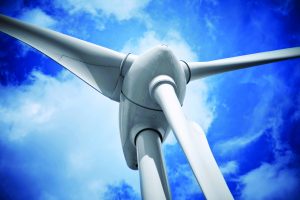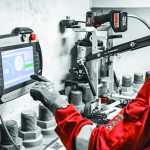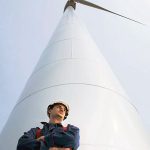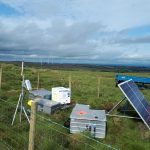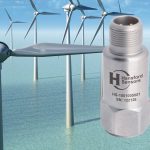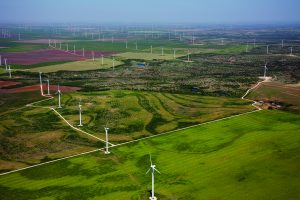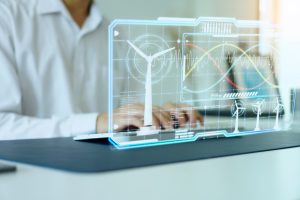Each year in the U.S., new wind-farm developments get built and are placed into production. This process does not happen by accident and includes years of hard work to get to that end. These wind farms have budgets of hundreds of millions of dollars. The risks are high, but then the benefits and rewards can often be even higher.
The greatest risk for any project, including a wind farm, is safety. There is no greater risk and impact to life than the occurrence of a safety incident, and prevention must always remain the highest priority. There is no financial, scheduling, or quality issue that takes precedence over safety. This is the first and highest priority of the construction management team.
Construction phase
Beyond safety, each step of the way, there needs to be checks and balances to ensure the project is on track. This is most important during the construction phase. The construction phase does not necessarily start with the physical activity of turning a shovel of dirt. The process starts in parallel with the middle of the development stages.
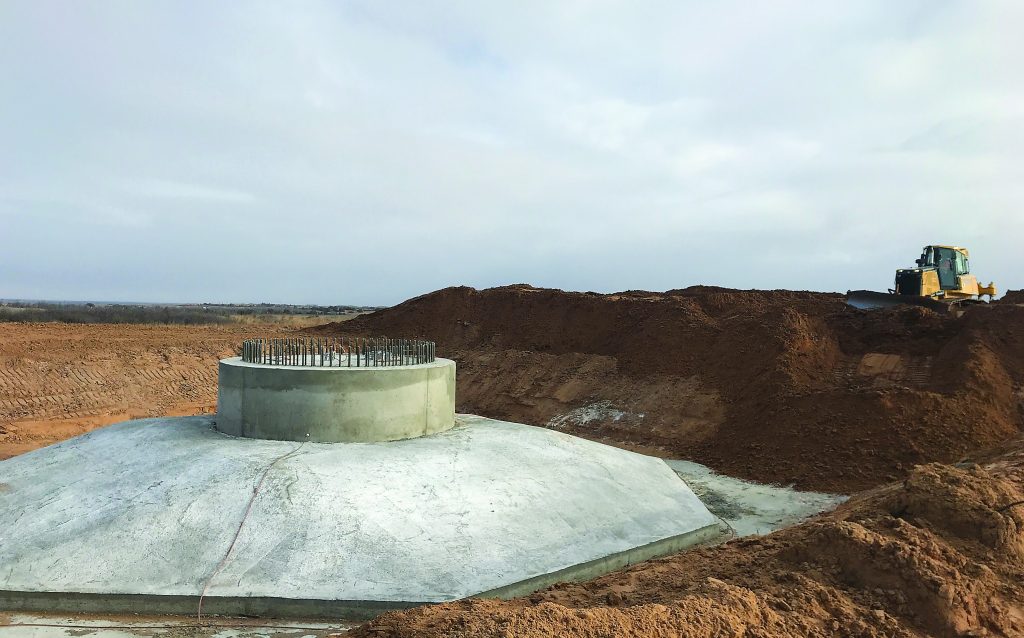
When a project has progressed to having secured a site and has selected a turbine model, the next big step is to prepare a request for proposal (RFP) to solicit bids for the construction of the facility. The RFP needs to be inclusive of checks and balances. Typically, these checks and balances take the form of required schedule updates and quality check points. The team must be ready to provide verification of progress to validate invoices and ensure compliance with design. This is vital to the success of the construction phase.
These efforts prior to construction are called the pre-construction services. These services beyond the issue of an RFP continue with the review of the bids resulting from the RFP. This review includes not only an economic evaluation but also an in-depth evaluation and recommendation concerning the responding contractors. In addition, the pre-construction activities also include efforts to ensure that all permitting required for the project is compliant. These permits cover such issues as special-use land permits, as well as power-line and pipeline crossings. There are also environmental permits and studies required, including wetlands, archeological, and avian and bat studies, just to mention a few.
After the award of the construction contract, which normally includes engineering, procurement and construction, (EPC), there are equally important tasks. The team must manage the deliverables from the engineering and procurement stages of the contract. These deliverables include drawings and specifications of equipment and their intended installation. The procurement delivery information is vital to the overall project schedule. All of this transpires prior to that first shovel of dirt being moved.
When it is finally time to move that dirt, wind-farm owners have deployed internal resources for the management of the construction. In other cases, owners have deployed independent services providers to perform the same role. What makes up a comprehensive construction management team is a team that covers overall project management and also specific disciplines. These specific disciplines require specialists that cover the areas of civil, mechanical, and electrical construction.
Civil construction
The civil construction starts with that first shovel of dirt but includes much more. The roads are mostly soil and aggregate and are laid down with the use of water and binders. The civil specialist will use a testing service to verify soil compaction of the roads. It is vital that the roads are able to support the heavy erection crane used later in the project. Next, there is a concrete source, usually a batch plant located temporarily on the job site. Then the foundations are begun, which start as a giant hole in the ground and include large amounts of steel reinforcing rebar and a lot of concrete. The civil specialist is responsible for tracking all slump tests, concrete, and grout-break test results to ensure compliance with specifications. After the foundations are completed, the remainder of the project requires ongoing road and drainage improvements and dust control as the roads get used.
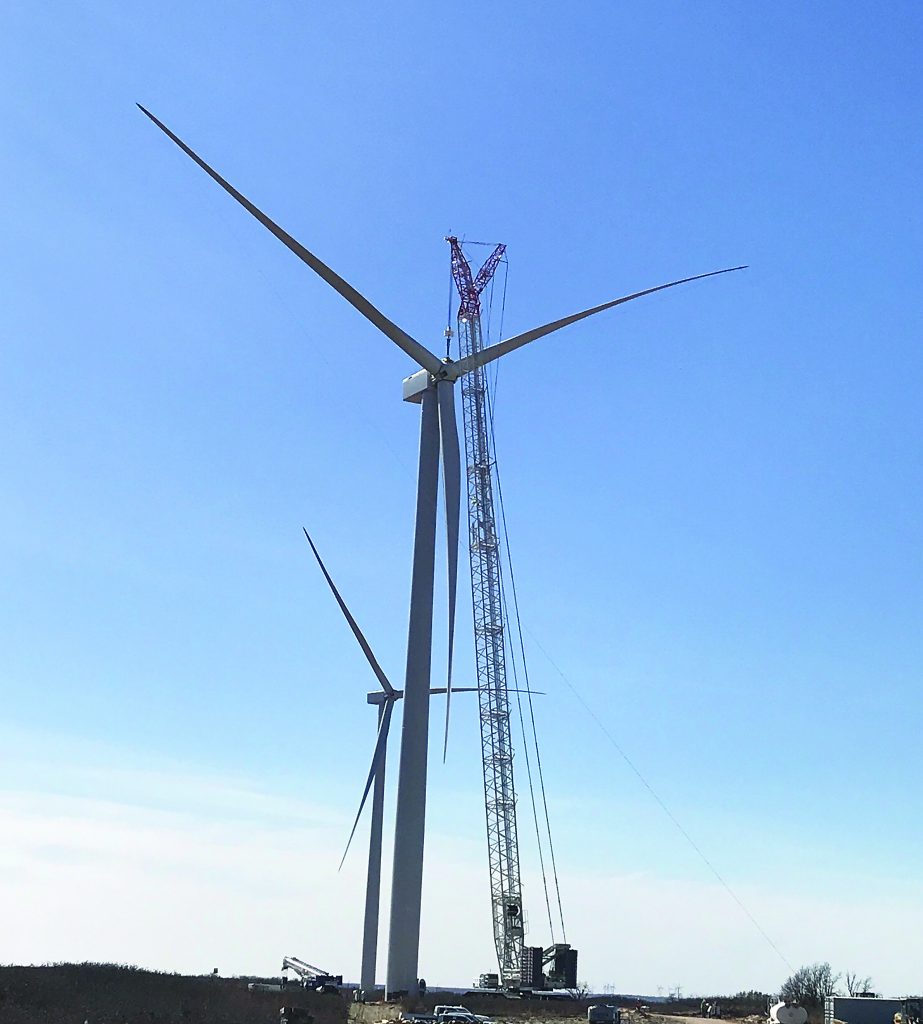
Mechanical construction
The mechanical construction mostly relates to the wind turbine itself. This can start with the review of the delivered components. This is an important first step in identifying any issues from manufacturing and/or shipping. The mechanical specialist will document any issues found and work with the manufacturer to resolve those issues. The main emphasis of the mechanical scope is the erection of the unit and the eventual internal completion of the wind turbine.
The erection process is critical, paying close attention to initial bolted connections and their eventual torque and tensioning specifications. The myriad of mechanical connections within the unit requires detailed work instructions and procedures to ensure the wind turbine is fully assembled in accordance with the manufacturer. Finally, the walkdowns done by the mechanical specialist will ensure that the tower, blades, pitch, yaw, and brake systems are installed and functioning correctly.
Electrical construction
The electrical construction covers areas outside as well as inside the wind turbine. The collection system includes the connecting cabling between each turbine and a longer final run from the end of a string of turbines to the substation or switchyard. The collection systems can be installed either above ground or underground. In either case, the electrical specialist will ensure that the collection system is constructed, installed, and terminated in accordance with the drawings and industry standards. Many wind turbines require a small step-up transformer near the base of the turbine. These transformers also must be installed and terminated in accordance with drawings and standards. Finally, the electrical specialist will ensure that the wiring to be installed and connected within the turbine is compliant.
The project can also include substations and switchyards. The team applies the same principles to the construction of these facilities as they applied to the wind farm. There are many high voltage industry standards that must be met, and this is the direct responsibility of the electrical specialist. The specialist will verify that all relay testing is completed and that the results support the design for isolation of events and protection of equipment. The electrical specialist is also focused on the DC battery system installed in the control house and will verify it is tested and compliant. The electrical specialist is usually aided by the civil and mechanical specialist to cover foundations and building inspections.
Some projects also include high voltage transmission line construction to connect the new wind farm to the actual point of interconnect with the transmission grid. This is again a responsibility of the electrical specialist to provide inspection and verification services. The transmission line structures need to be inspected as they are received and then installed. The cabling is measured and documented in its stringing sag report and would be verified as compliant by the electrical specialist. In this area, there may be concrete used to support the structures, and if so, the civil specialist would support this effort as well.
O&M buildings
The O&M buildings are often not given the attention they deserve, as everyone is so focused on the wind farm power generation and distribution equipment. The O&M building usually houses the technicians, spare parts, and the main computer control system for the wind farm. All of these items are equally important to inspect and verify. The O&M building also would receive the same three-disciplined approach to management: The civil specialist will oversee the excavation and foundations; the mechanical specialist will monitor the HVAC systems and associated equipment. Lastly, the electrical specialist will watch over the rest from an electrical perspective.
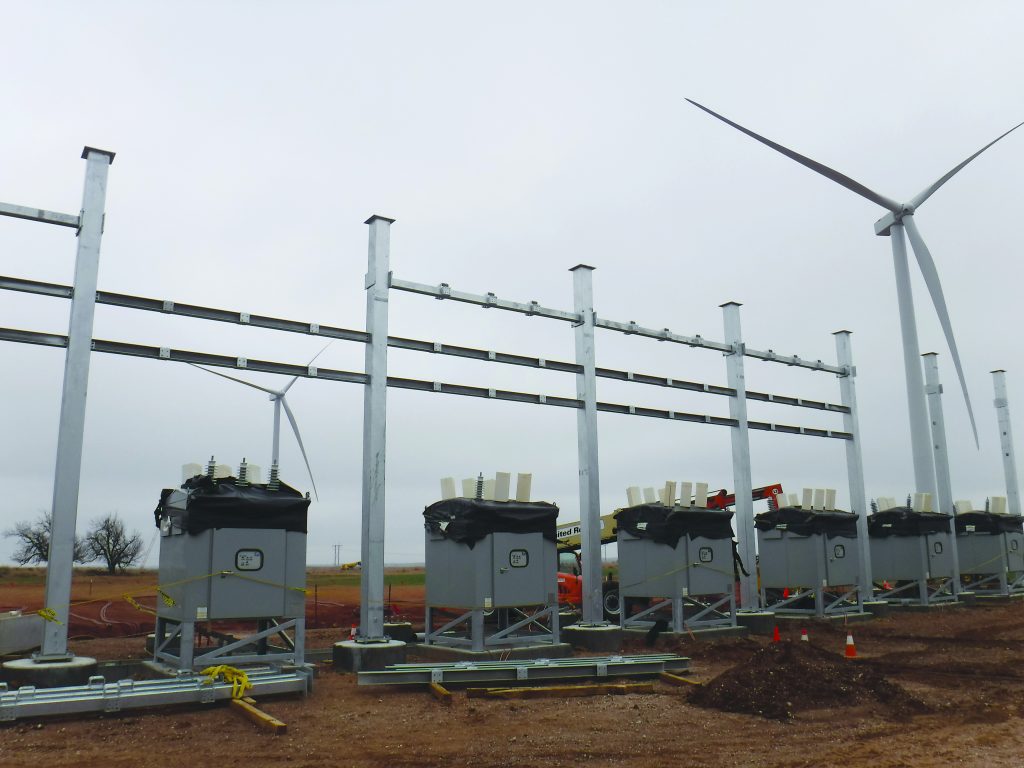
The meteorological mast, also known as the met mast, is usually the most forgotten equipment on a wind farm. The met mast also has requirements for proper installation. All three disciplines will be involved, civil for the foundation, mechanical for the erection, and electrical to get it all connected. This can be more critical than one might think. If the data stops flowing from the met mast during production, the wind farm can suffer a curtailment until such time that the data flow is reinstated.
All of this pre-construction and construction management is quite an undertaking. All of the work must be in accordance with engineering design, manufacturers’ instructions, and industry standards. This is not to be taken lightly.
Alternative planning
The members of the construction management team not only ensure quality of the construction, but they also are the planners for alternatives when things do not go according to plan. Late delivery of major components can be the most common delay for a wind farm. It is the responsibility of the construction management team to develop workaround plans to keep the project on schedule.
An owner must watch over the construction of the wind farm to protect their interests and the interests of the investors. As stated prior, some owners have the sophistication to manage the construction and others use a third-party independent service provider. Either way, it is recommended that the construction phase from pre-construction to the first day of operations needs to be managed by a professional team and not left to self-management by the EPC contractors. Either way, the cost for a construction management team equates to less than 1 percent of the overall project cost. This is money well spent.
Some people don’t supervise contractors working on their home, please don’t let that happen on a wind farm. Remember, there is no greater issue to be concerned with than safety; everything else is secondary.
















